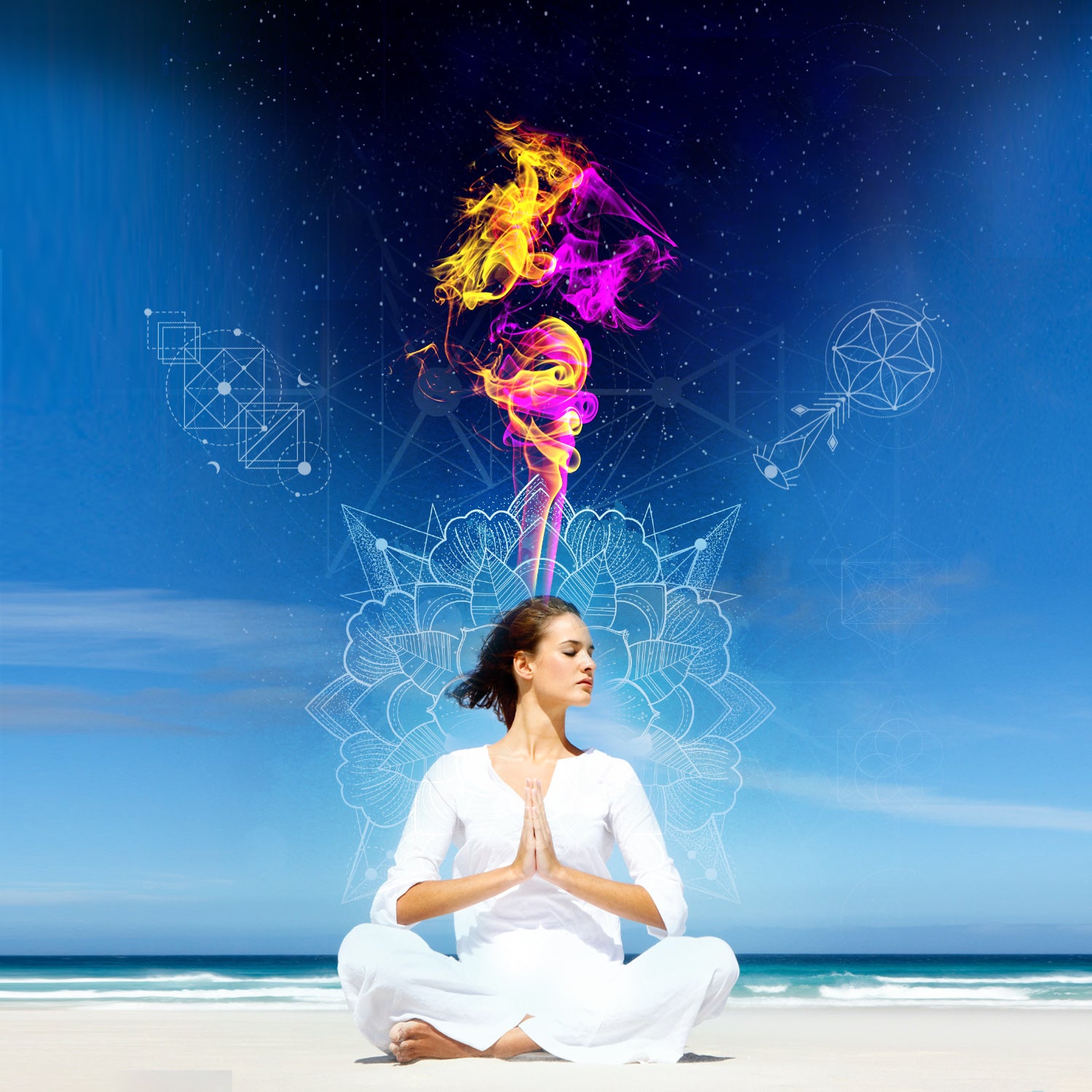Creativity is the lifeblood of innovation, artistic expression, and problem-solving. It’s an invaluable skill in almost every field, from the arts to business and science. Interestingly, one ancient practice, meditation, has shown promise in unlocking and enhancing this vital skill. This article delves into how meditation can be a key to boosting creativity.
Understanding Creativity
Creativity is more than artistic ability; it’s a complex cognitive process involving the generation of new ideas, solutions, and forms of expression. It engages various parts of the brain, particularly those involved in imagination, conceptual thinking, and problem-solving. Understanding how creativity works in the brain sets the stage for exploring how meditation can enhance this intricate process.
The Basics of Meditation
Meditation is an ancient practice with roots in various cultural and spiritual traditions. At its core, meditation involves techniques to focus the mind, achieve mental clarity, and reach a state of emotional calmness. While there are many forms, including mindfulness, transcendental, and guided visualization, they all share the common goal of bringing the practitioner to a heightened state of awareness and inner peace.
How Meditation Enhances Creativity
Meditation impacts the brain in several ways conducive to creative thinking. It enhances focus and concentration, allowing for deeper immersion in creative tasks. Meditation also fosters divergent thinking, a type of thinking that generates multiple new ideas. It encourages the formation of novel connections and ideas, essential components of the creative process.
Meditation Techniques to Boost Creativity
Certain meditation techniques are particularly effective for enhancing creativity. Mindfulness meditation, which involves paying attention to the present moment without judgment, can help clear mental clutter, paving the way for new ideas. Open-monitoring meditation encourages a broad awareness of all sensations and thoughts, fostering the ability to form novel connections. Practicing these techniques regularly can create a fertile ground for creative ideas to flourish.
Scientific Evidence Linking Meditation and Creativity
Research supports the link between meditation and increased creativity. Studies have shown that regular meditation practice can lead to improvements in creative thinking, problem-solving skills, and the ability to generate novel ideas. Neuroimaging studies have also observed changes in brain areas associated with creativity in individuals who meditate regularly.
Real-Life Examples and Success Stories
From artists and writers to entrepreneurs and scientists, many have turned to meditation as a tool to enhance their creative abilities. For instance, famous creatives like David Lynch and Steve Jobs have credited meditation with helping them develop groundbreaking ideas and maintain
their innovative edge. In the corporate world, companies like Google and Apple offer meditation programs, recognizing its benefits in fostering a creative and productive workforce.
Integrating Meditation into Your Creative Process
Incorporating meditation into the creative process can be simple yet transformative. Setting aside a regular time for meditation, even if it’s just a few minutes a day, can make a significant difference. Creating a quiet, comfortable space for meditation can help in establishing a consistent practice. Additionally, using meditation techniques during creative blocks or brainstorming sessions can provide a fresh perspective and spark new ideas.
Historical and Cultural Perspectives on Meditation and Creativity
The relationship between meditation and creativity has deep roots in history and spans various cultures. In Eastern traditions, particularly in Buddhism and Hinduism, meditation has long been associated with the pursuit of artistic and spiritual enlightenment. Monks and sages were often also poets, artists, and musicians, using meditation as a tool to deepen their understanding and expression of the world around them.
In Western cultures, the Renaissance period saw a similar intertwining of contemplative practices with artistic creation. Great thinkers and artists of the time often engaged in practices akin to meditation, seeking inspiration and insight through quiet reflection and introspection.
In contemporary times, this blend of meditation and creativity continues to thrive in various forms. For instance, the Zen philosophy in Japan emphasizes simplicity and mindfulness, principles that have profoundly influenced Japanese art and design.

Meditation and the Flow State
The ‘flow state’, a term coined by psychologist Mihaly Csikszentmihalyi, describes a state of complete immersion and focused energy in an activity. It’s often in this state that creativity flows most freely. Meditation is a powerful tool for accessing this state. By training the mind to focus and eliminate distractions, meditation can help individuals tap into their creative flow more easily.
Regular meditation practice can lower the threshold for entering the flow state, making it more accessible during creative work. Whether it’s writing, painting, or problem-solving, meditation can help clear the mental pathways that lead to this deeply focused and productive state.
Meditation Techniques Tailored for Specific Creative Fields
Different creative fields can benefit from tailored meditation techniques. For visual artists, mindfulness meditation that emphasizes visual imagery and sensory details can enhance perceptual skills and attention to visual nuances. Techniques focusing on visualization can help artists conceptualize and bring their ideas to life.
Writers might find open-monitoring meditation beneficial, where the practice involves observing thoughts as they flow freely. This can aid in generating ideas, themes, and narratives, enhancing creative writing.
Musicians may benefit from meditation practices that incorporate sound or music, such as deep listening exercises or chanting. These practices can heighten auditory sensitivity and inspire musical creativity.
Dancers and actors could engage in movement-based meditations, like yoga or tai chi, which focus on bodily awareness and control. These practices not only improve physical performance but also deepen the emotional expression necessary in these art forms.
Conclusion
Meditation, with its profound impact on the mind and emotional state, emerges as a powerful tool for enhancing creativity. Whether you’re an artist struggling with a creative block, a writer seeking fresh ideas, or a professional looking to innovate, meditation can provide the mental clarity and open-mindedness necessary for creative thinking. By integrating meditation into your daily routine, you open the door to a world of heightened creativity and endless possibilities.






